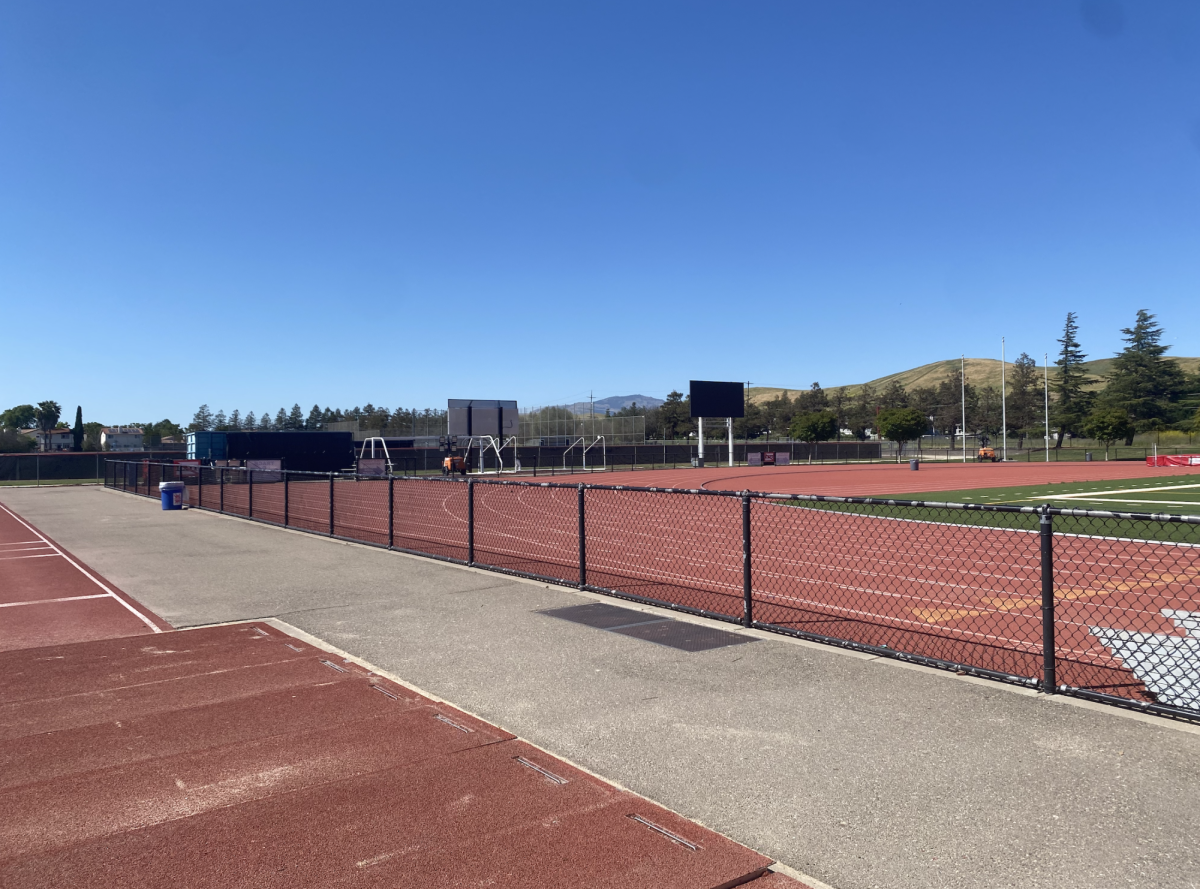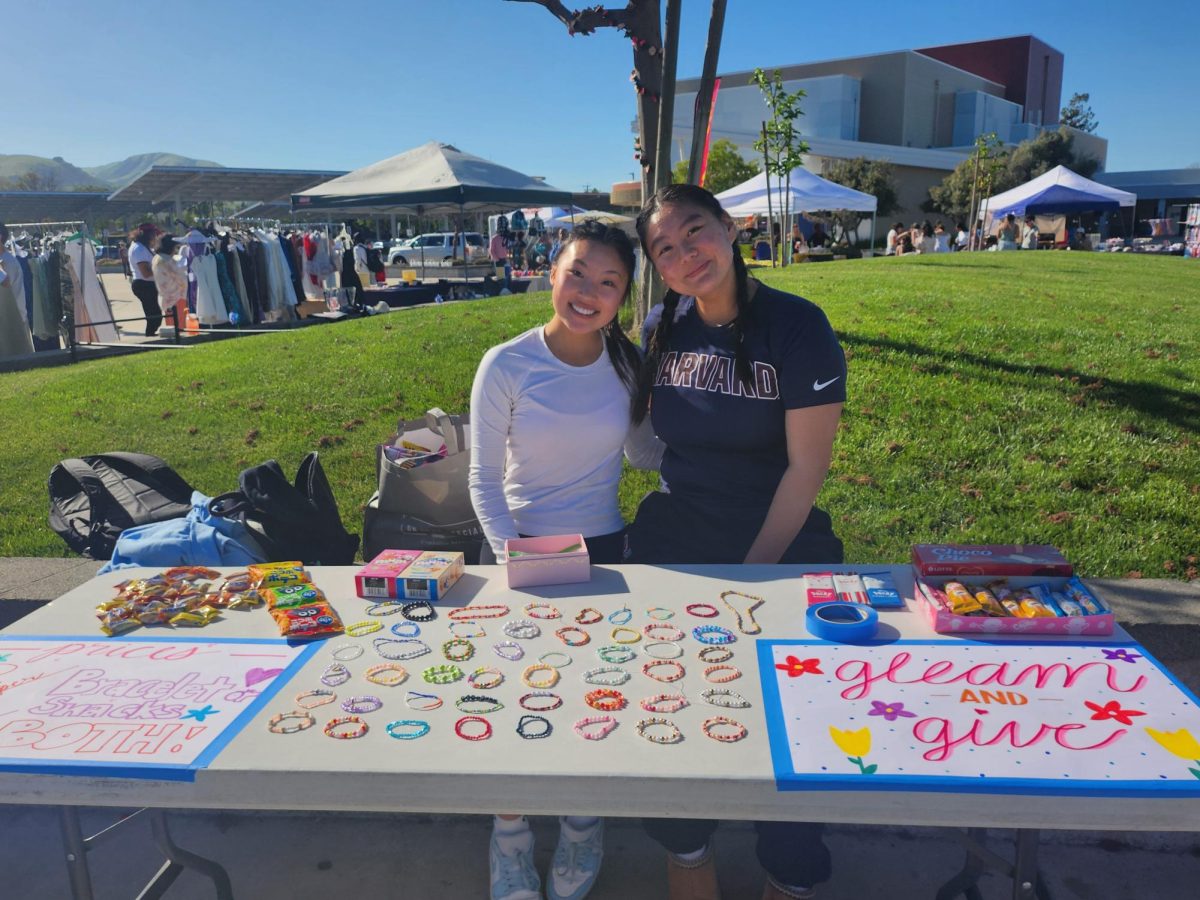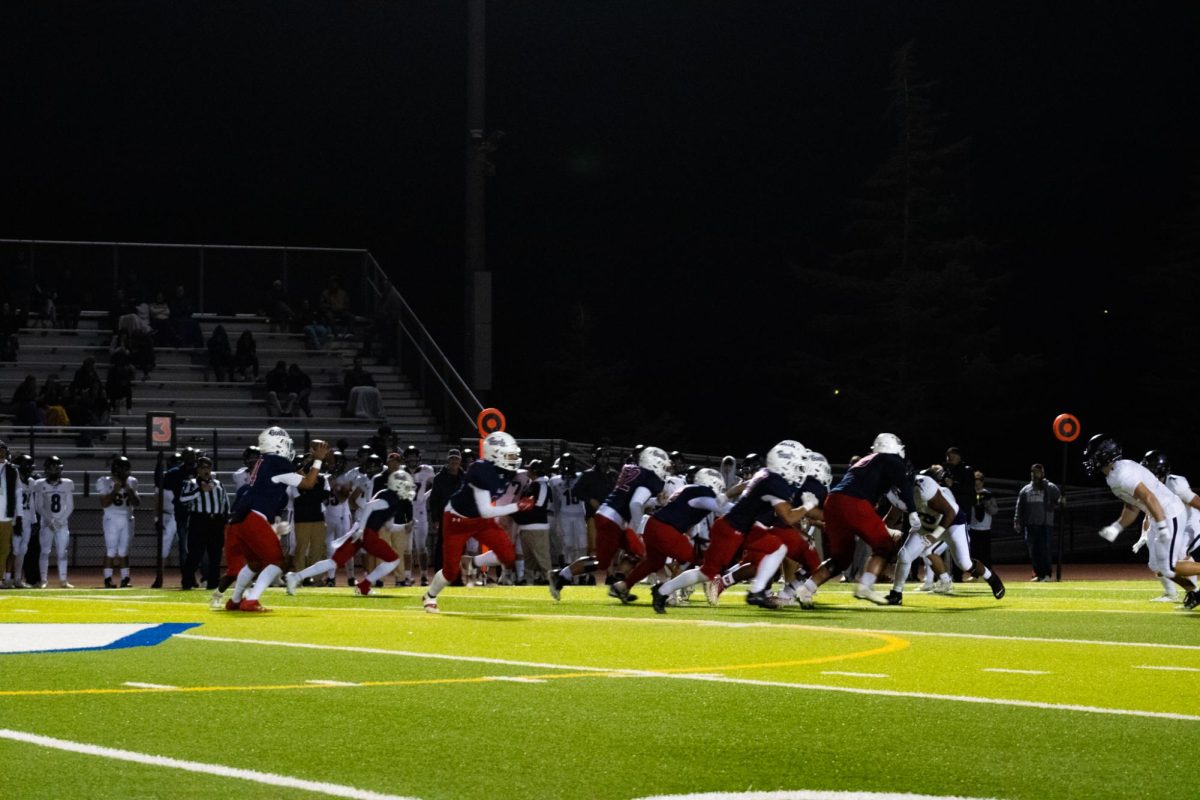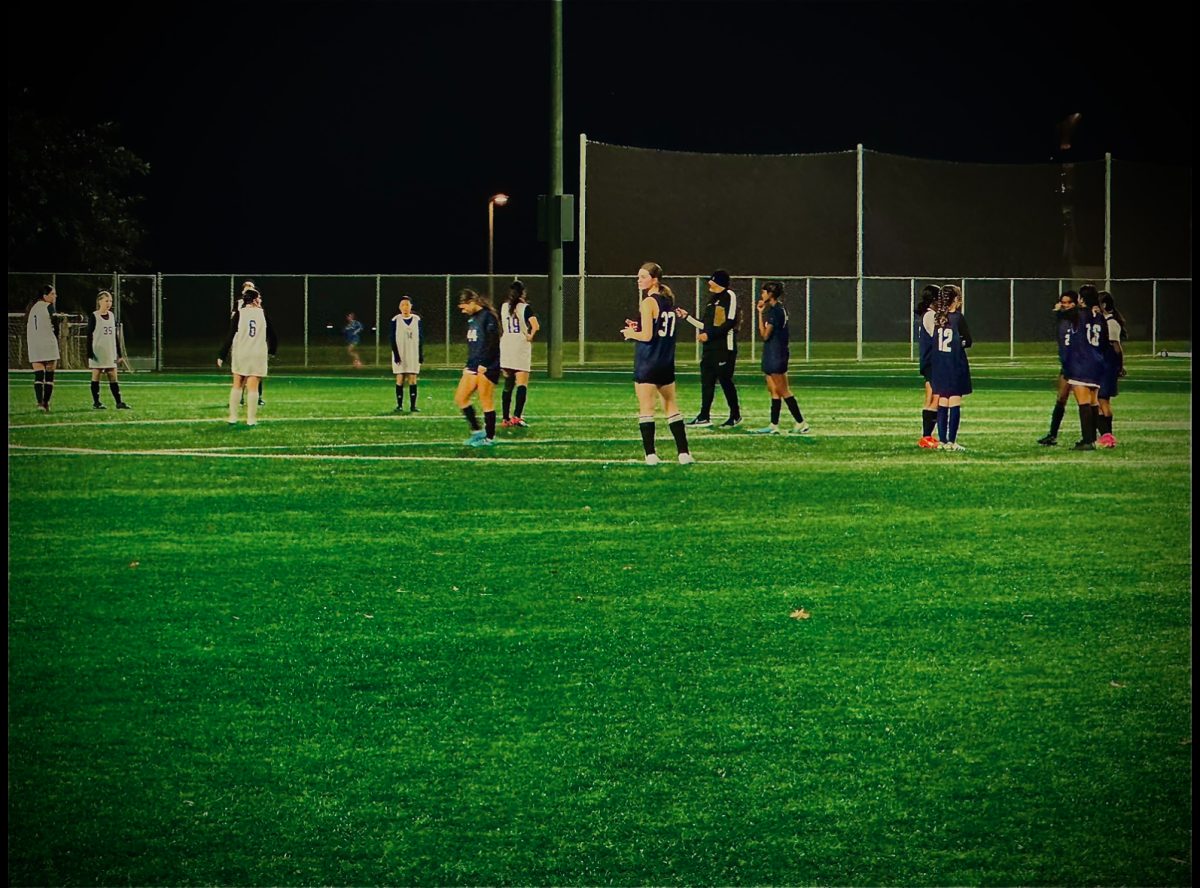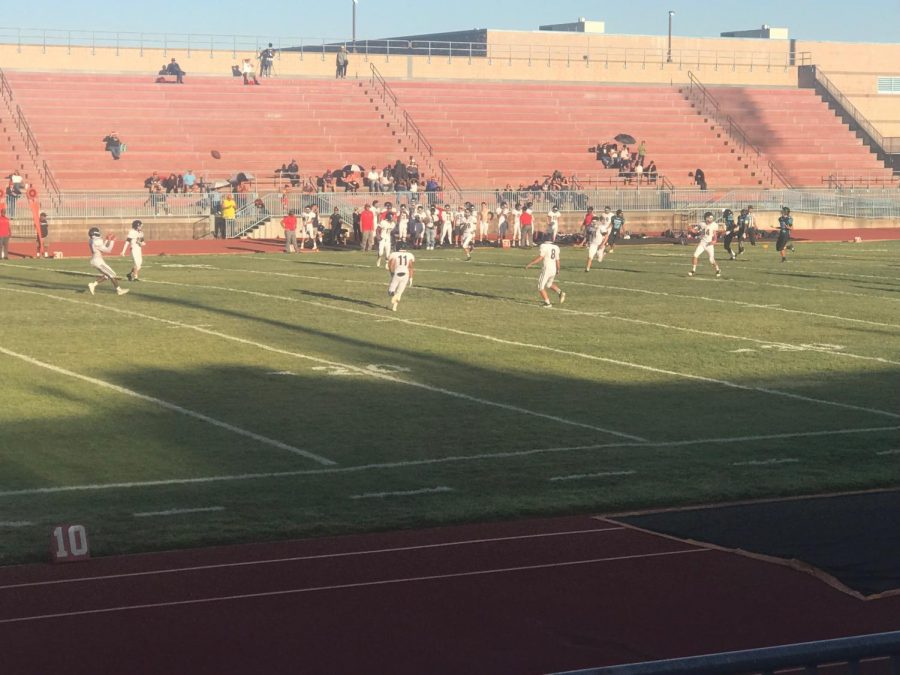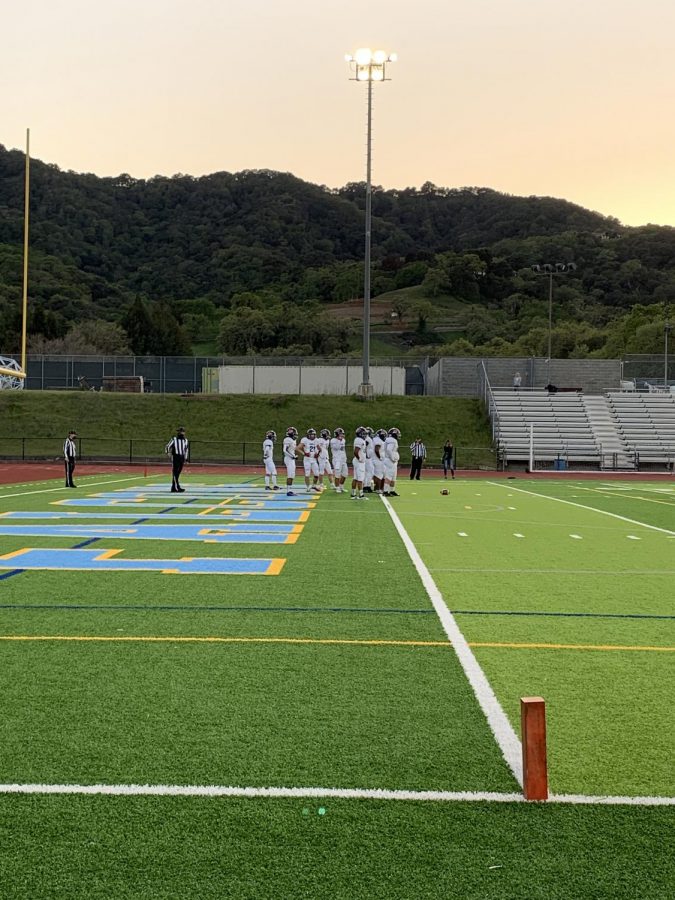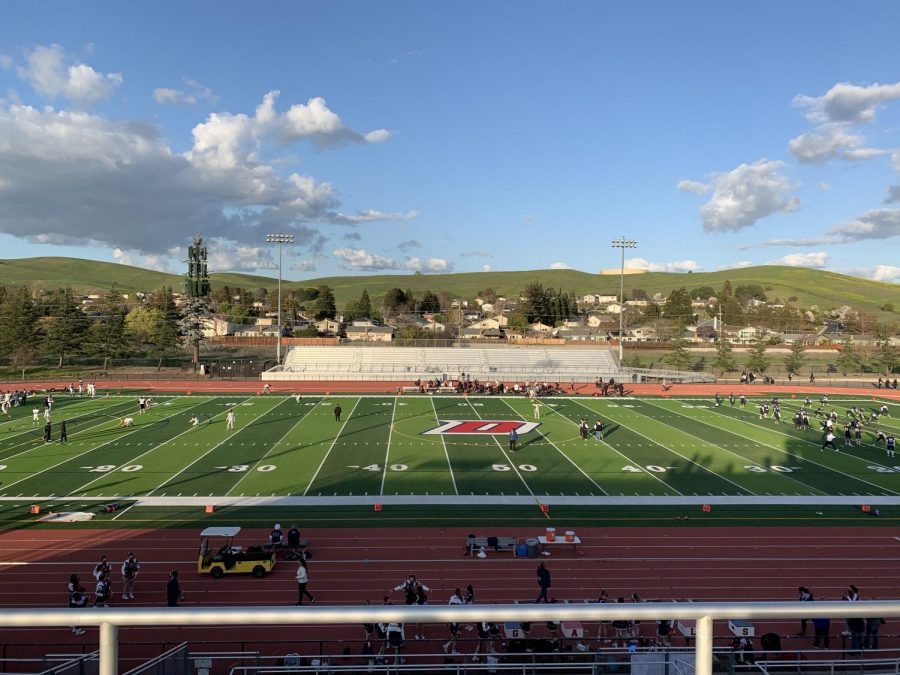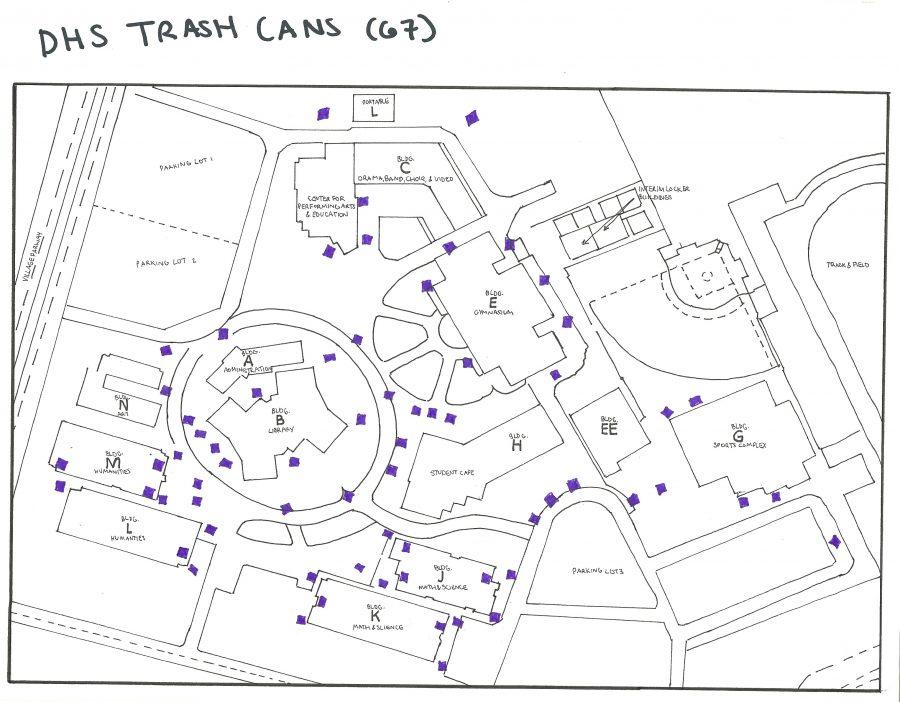Wasted Food at DHS
Above is a map of all the trash cans at DHS. Before you throw away part of your lunch, check and see how much food is already thrown away.
Have you ever looked inside an on campus trash can? If you have, how much wasted food is there? A lot, right? That’s because many students buy (or bring) food but do not eat it, choosing to throw it away instead. Everyday, students throw away the food they do not want until each trash can is nearly full with wasted food. Think about how many trash cans we have in the Student Union. Now imagine them all filled with food, as they are almost everyday after lunch; the amount of food waste is ridiculous. There are sixty-seven large trash cans on Dublin High School (DHS) campus that students can see. Every day after lunch, these trash cans are full of leftovers or uneaten food. If each trash can is full every day after lunch with food (although this is not usually the case, given that food is thrown away along with things such as utensils and cardboard lunch trays), that is sixty-seven trash cans’ worth of food per day. When sixty-seven trash cans is multiplied by 180 days of school, we end up with 12,060 trash cans of wasted food per school year. Assuming that every public high school in the United States is exactly like DHS, 12,060 trash cans per year times 26,407 public high schools amounts to 318,468,420 trash cans per year. That’s not even counting the 10,693 private (high schools) or the public and private elementary and middle schools across the nation. Still think throwing away that apple was no big deal? Think again. Each person that throws something away contributes to the amount of food waste per day, per week, per month, per year.
Throwing away extra food may not seem very significant, and is a simple way to get rid of it, but when put in perspective, it can lead up to becoming a serious issue. At DHS, the average school lunch costs about five dollars, when you throw food away, you not only throw away part of this money, you also waste the resources put into food preparations.When we buy food, we do not realize how much work and money goes into the care of growing and cooking our food. Throwing food away just because you do not like it is not only wasteful, but also disrespectful to those who grow or cook it. Think about how much money parents spend on buying food, whether from the school, from grocery stores, or from somewhere else. Money is hard-earned, and throwing away food is basically throwing away money.
However, food is not wasted just by students. The Dublin Unified School District also has strict rules about food. But in this case, it is not about the food that students consume, but the food that they sell. At the end of the day, whatever food has not been sold or consumed by people who work in the cafeteria is thrown away. This adds up over time, creating lots of food waste. Although many of those who work in the cafeteria would love to see the leftover food from each day go to homeless shelters to help others, they know it isn’t possible because if anyone gets sick from the food, they must take responsibility. As a result, this food simply goes to waste, and nothing can be or has been done about it yet.
Students do not realize just how much food they’re wasting unless they are forced to see it. Although there is no definition of fairness that would suit everyone’s opinions, ask yourself this; is it fair to those people who spent time and money growing and cooking food for us, or for those who have to clean up after us? By not throwing away that one piece of food you do not like, you lead an example to your peers. As time passes, we will eventually realize that food should not be taken for granted. When we grow up and get our own jobs and have to pay for our own wants and needs, we will realize that food is not easily put on the table.
What students do not realize is that there is not always an abundant supply of food, and that many kids are starving to death this very moment. We all know that there are kids in Africa, in Asia, and even here in America, who are starving to death. Yet we do not realize what this actually means unless we see it for ourselves. In 2015, 5.2% of Dublin’s residents lived under the poverty line, and 1.8% lived below 50% of the poverty line. Here at DHS, 9% of students qualify for free or reduced lunch, yet those of us who do not need this program take our food for granted. We take those who grow crops, cook, and clean for granted. Students do not usually realize how much food is wasted each year. They figure that a single slice of uneaten pizza is unimportant, that it will not make a difference to anyone. But it does. One piece of pizza may not seem very important to us, but to someone who is starving or doesn’t have money to buy food, a slice of pizza is an unexperienced luxury. After all, the English proverb “one man’s trash is another man’s treasure” is very true.
Clearly, this is a problem that must be solved. I propose that we find a way to get food we do not eat to those who need it. The elementary schools in our district all have something similar. They take food they do not eat on a table, and anyone who doesn’t have any food or is still hungry can take some. This is a simple solution that works to keep food waste at a minimum level. At Dublin Elementary, any food that is left on the table at the end of lunch and seems to be good enough to eat is put into bags and handed to classrooms for any students that may want a snack. Only food that most people would not consider eating anymore might be thrown away.
Here at Dublin High, we could do the same. Although some people may point out that a food table could pose a risk to those with allergies, I disagree; we are in high school and we are old enough to manage our own allergies and therefore, as long as all food is properly labelled, it is possible to set up a system that reduces food waste without putting others at risk. We can work bit by bit to make this idea a reality, to help save food. Rather than sitting here and wasting it while others starve, DHS can start to fight the problem at our own school, and help those who are not getting enough to eat at the same time. Gradually, we may be able to change more and more, until this problem is dissolved altogether. But until then, we must do all that we can to stop this wastefulness.
Your donation will support the student journalists of Dublin High School. Your contribution will allow us to purchase equipment and cover our annual website hosting costs.













